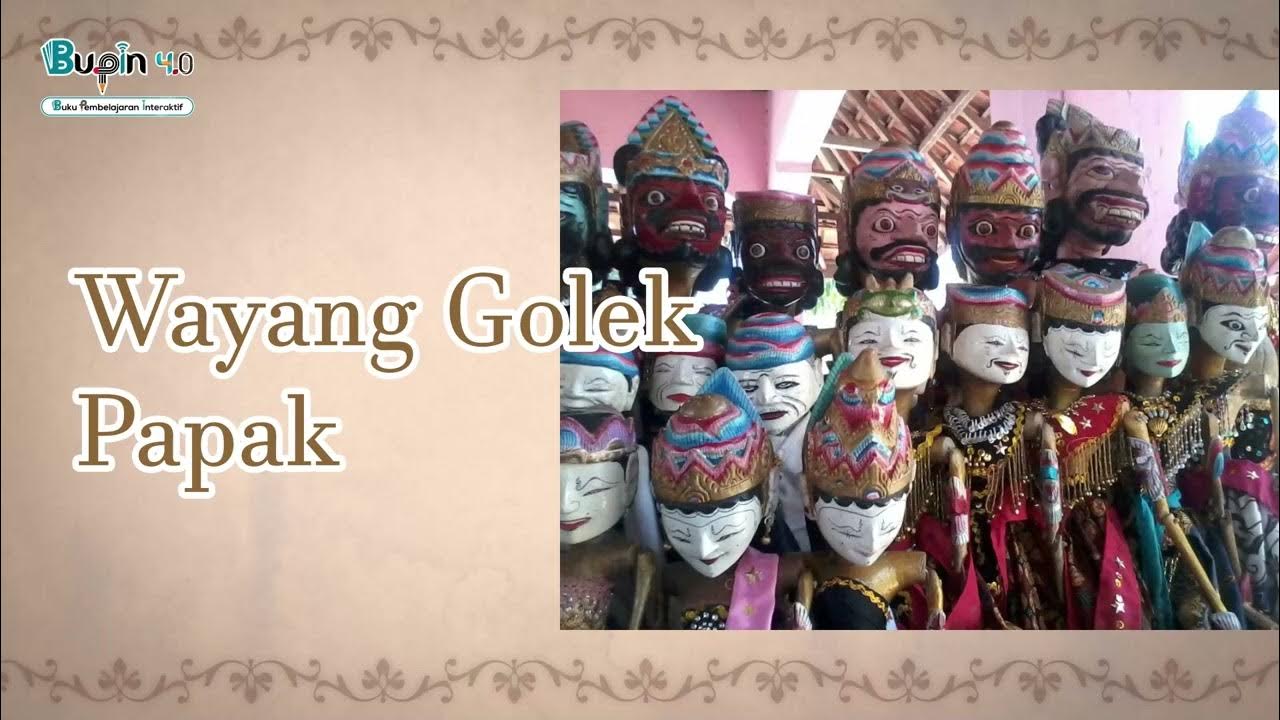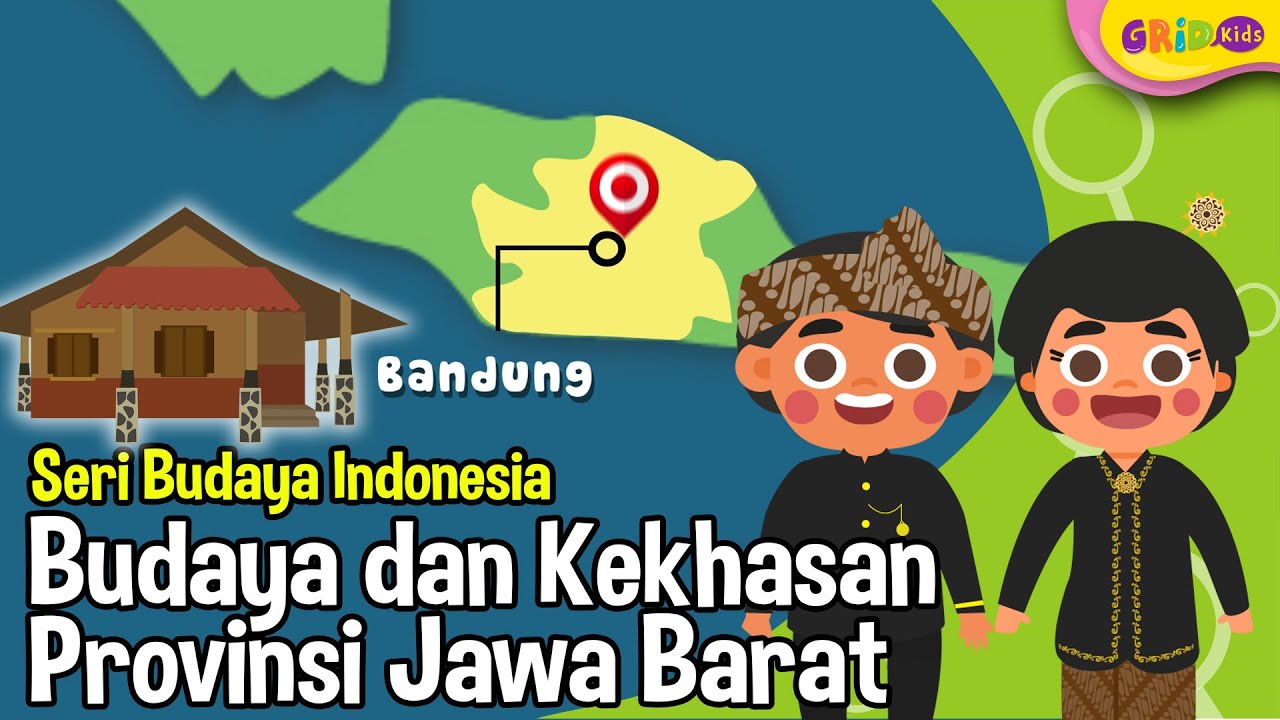Menyelami Seni Karawitan Sunda
Summary
TLDRThis video explores the rich tradition of Sundanese karawitan, a unique form of traditional music from West Java and Banten, Indonesia. It delves into the complexities of its vocal techniques, instruments, and distinct tonal systems, highlighting genres like jaipongan, which fuses traditional elements with modern influences. The discussion emphasizes the cultural significance and evolving nature of karawitan, showcasing its growing appreciation both locally and globally. With insights from practitioners and scholars, the video advocates for the preservation and adaptation of this musical heritage, aiming to engage younger generations and foster a deeper connection to Sundanese culture.
Takeaways
- 😀 Karawitan Sunda is a rich musical tradition from West Java and Banten, encompassing diverse musical styles.
- 😀 The term 'karawitan' refers to various Indonesian musical traditions, with a particular focus on Sundanese music.
- 😀 Vocal styles in karawitan include 'tembang' and 'kawih,' each characterized by different techniques and vocal qualities.
- 😀 Sundanese music utilizes a unique scale system, including salendro and pelog, which differs significantly from Western music scales.
- 😀 Historical texts indicate that karawitan has been practiced for over 900 years, showcasing its deep cultural roots.
- 😀 Jaipongan is a popular genre of Sundanese music and dance, blending traditional art forms like wayang golek and pencak silat.
- 😀 The evolution of karawitan includes modern influences, aiming to appeal to younger generations while preserving traditional elements.
- 😀 Collaborative efforts between traditional and modern musicians are essential to keep karawitan relevant and engaging.
- 😀 Sundanese music has gained international recognition, with practitioners and educators teaching it in countries like the USA, Japan, and Australia.
- 😀 The significance of karawitan lies not only in its aesthetic value but also in its cultural heritage, fostering pride in Indonesian identity.
Q & A
What is the main theme of the discussed video regarding Marco Polo's voyage?
-The main theme revolves around Marco Polo's extensive travels to Asia, detailing his adventures, encounters with different cultures, and the impact of his experiences on European understanding of the East.
What were some of the challenges Marco Polo faced during his journey?
-Marco Polo encountered various challenges including harsh weather conditions, treacherous terrains, and the political instability of regions he traveled through, which made his journey perilous.
How did Marco Polo's accounts influence European exploration?
-Polo's detailed accounts provided Europeans with new perspectives on Asia, spurring interest in exploration and trade, which ultimately led to increased interactions between Europe and Asia.
What cultural insights did Marco Polo gain during his travels?
-Marco Polo gained insights into diverse cultures, including their customs, religions, and economies, highlighting the sophistication of Asian societies compared to Europe at the time.
What role did the Silk Road play in Marco Polo's journey?
-The Silk Road was crucial for Marco Polo, serving as the primary route for trade and travel, allowing him to connect with various civilizations and exchange goods and ideas.
What was the significance of the Kublai Khan in Marco Polo's narrative?
-Kublai Khan was a pivotal figure in Marco Polo's narrative as he served in the Khan's court, experiencing firsthand the governance and culture of the Mongol Empire under Kublai's rule.
How did Marco Polo's writings impact the perception of Asia in Europe?
-His writings challenged existing stereotypes about Asia, portraying it as a land of wealth, innovation, and vast opportunities, thus reshaping European perceptions and aspirations.
What are some myths or misconceptions about Marco Polo's travels?
-Some misconceptions include the belief that Polo was the first European to reach China and that he introduced pasta to Italy, both of which are historically inaccurate.
What legacy did Marco Polo leave for future explorers?
-Marco Polo's legacy includes inspiring future explorers like Christopher Columbus and providing a framework for understanding cross-cultural interactions and global trade.
What lessons can be drawn from Marco Polo's experiences for modern travelers?
-Modern travelers can learn the importance of cultural appreciation, adaptability in unfamiliar environments, and the value of storytelling in sharing experiences across cultures.
Outlines

Esta sección está disponible solo para usuarios con suscripción. Por favor, mejora tu plan para acceder a esta parte.
Mejorar ahoraMindmap

Esta sección está disponible solo para usuarios con suscripción. Por favor, mejora tu plan para acceder a esta parte.
Mejorar ahoraKeywords

Esta sección está disponible solo para usuarios con suscripción. Por favor, mejora tu plan para acceder a esta parte.
Mejorar ahoraHighlights

Esta sección está disponible solo para usuarios con suscripción. Por favor, mejora tu plan para acceder a esta parte.
Mejorar ahoraTranscripts

Esta sección está disponible solo para usuarios con suscripción. Por favor, mejora tu plan para acceder a esta parte.
Mejorar ahoraVer Más Videos Relacionados

SUKU SUNDA - VIDEO EXPLAINER

S1 KURMER SMA 12 BAHASA SUNDA BAB 1 WAYANG

Budaya Sunda || 5 Budaya Sunda Yang Mengguncang Dunia

Documentary On The Traditional Art Of Kuda Renggong

Budaya dan Kekhasan Provinsi Jawa Barat - Seri Budaya Indonesia

Kagum dengan Kebudayaan Suku Sunda? Ini Dia Fakta Menarik yang Wajib Anda Ketahui
5.0 / 5 (0 votes)
